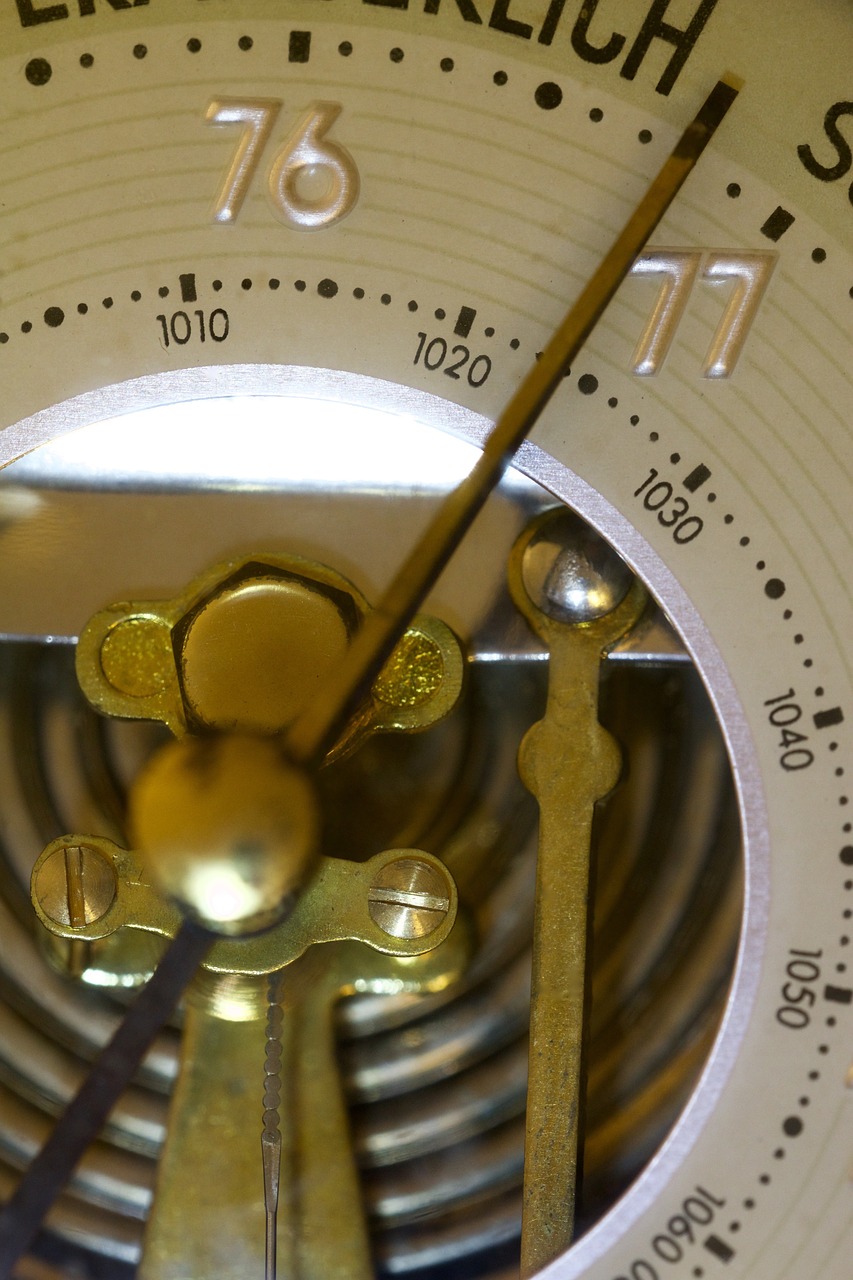Moisture meters are essential tools for measuring moisture content in materials like wood, dry lining, concrete, and more. Whether you’re working on a home improvement project, inspecting a building, or conducting restoration work, knowing how to use a moisture meter effectively is key to achieving accurate results. In this guide, we’ll explain what a moisture meter is, where you can use it, and how to use the ETI 7000 and 7250 pin-type moisture meters.
What is a Moisture Meter?
A moisture meter is a device used to measure the moisture content within a material. There are two main types: pin-type and pinless.
Pin-Type Moisture Meters
These use metal pins that penetrate the surface of a material to measure its electrical resistance. The wetter the material, the lower the resistance, which is converted into a moisture reading.
Pinless Moisture Meters
These use electromagnetic sensors to measure moisture without penetrating the surface. They are ideal for quick surface-level checks.
Read our guide to pin-type and pinless moisture meters to find out which one is best for you.
Where Can I Use a Moisture Meter?
Moisture meters are used across many industries for different purposes, including:
Construction: Ensure materials like dry lining and concrete have appropriate moisture levels before installation or finishing.
Woodworking: Check the moisture content of wood to prevent warping, cracking, or splitting.
Building Inspections: Identify potential moisture problems in walls, floors, and ceilings, such as leaks or mold growth.
Restoration: Assess water damage in materials after flooding or leaks to guide repair work.
Agriculture: Measure soil moisture to ensure optimal growing conditions.
How to Use a Pin-Type Moisture Meter
Step 1: Set Up Your Pin-Type Moisture Meter
7000 Moisture Meter:
Connect a probe via the BNC socket at the top of the device.
Switch the instrument on.
7250 Moisture Meter:
Remove the black protective cap, taking care not to damage the pins.
Turn the meter on and you’re ready to begin measuring.
Step 2: Choose the Right Mode
Both models come equipped with multiple measurement scales to suit different materials. To select the correct mode:
Press the MODE button to cycle through the five different scales: Hard Wood, Soft Wood, Plaster, Concrete or Linear/Reference. The instructions detail which scale to use for each wood type.
Step 3: Take a Moisture Reading
For both models, press the pins (or the probe for the 7000) firmly into the material you’re testing. The meter will display the moisture content on the screen. The color-coded moisture indicator shows whether a low, medium or high quantity of moisture is present.
Green: OK
Amber: Warning
Red: Damp
This allows you to quickly gauge whether the material is within an acceptable moisture range.
How Far to Insert the Pins
When using a pin-type moisture meter, you should push the pins in just far enough to ensure they make firm contact with the material, typically a few millimeters deep. The exact depth can depend on the material being tested, but the key is to ensure consistent contact without forcing the pins in too deep, which could damage the material or the meter.
For wood or other softer materials, the pins should penetrate around 3–5 mm to get an accurate reading. For harder materials like dry lining, gentle pressure is enough to make sure the pins are inserted securely.
For deeper readings, you can use specialized probes, like the ETI Hammer Probe or the Deep Wall Damp Probe, which allow you to measure moisture levels further into the material. These are ideal for applications where surface readings aren’t enough, such as assessing moisture deep within walls or thick timber.
How to Use a Pinless Moisture Meter
Pinless moisture meters work similarly to pin-types without having to penetrate the material. Simply power it on, select the right mode for your material (if available), and place the sensor flat against the surface. For larger areas, move the meter across multiple spots to get a full moisture assessment.
Summary
Moisture meters are essential tools for measuring moisture content in various materials like wood, dry lining, and concrete. This guide explains how to use both pin-type and pinless moisture meters, including setup, selecting the right mode, and taking accurate readings. Pin-type meters require inserting pins into the material, while pinless meters provide non-invasive surface readings. With this knowledge, you’ll be equipped to ensure proper moisture levels in construction, woodworking, inspections, and restoration projects.


Leave a Reply